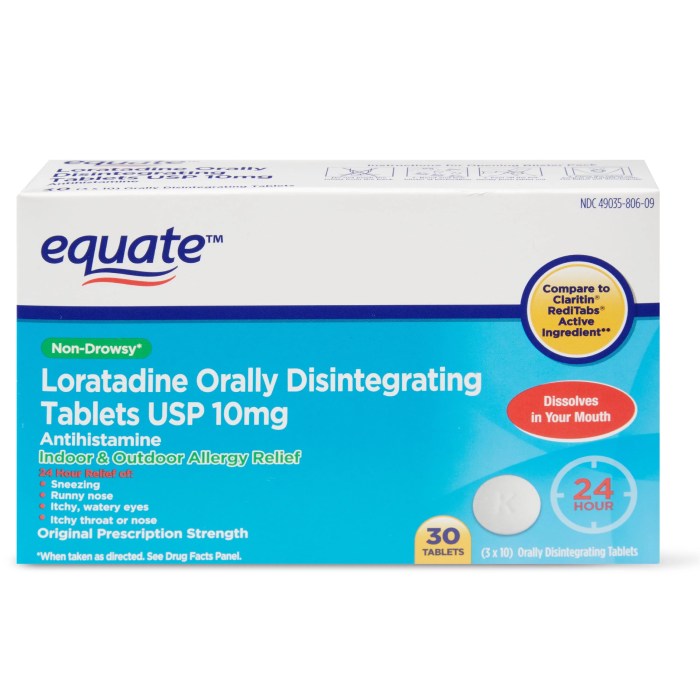How vitamins are often taken crossword – Embarking on a journey to explore the fascinating world of vitamin consumption, we delve into the prevalent practice of taking vitamins through various methods. This comprehensive guide unravels the intricacies of how vitamins are often taken, providing insights into their diverse forms, advantages, and potential interactions.
From oral supplements to fortified foods and injections, we dissect the pros and cons of each method, empowering individuals to make informed choices about their vitamin intake. Discover the essential vitamins, their functions, and recommended daily intake, ensuring optimal health and well-being.
Overview of Vitamin Consumption: How Vitamins Are Often Taken Crossword

The consumption of vitamins has become increasingly prevalent in modern society, with various forms available to meet diverse needs. Vitamins are essential micronutrients that play crucial roles in numerous bodily functions, from energy production to immune system support. People take vitamins for a variety of reasons, including addressing health concerns, preventing deficiencies, and promoting overall well-being.
Common Methods of Vitamin Intake, How vitamins are often taken crossword
| Method | Advantages | Disadvantages |
|---|---|---|
| Oral Supplements | – Convenient and widely available
|
– Potential for overconsumption
|
| Injections | – Rapid and direct delivery
|
– Invasive and requires medical supervision
|
| Fortified Foods | – Convenient and easy to incorporate into diet
|
– Limited control over dosage
|
Types of Vitamins and Their Functions

Vitamins are classified into two categories: water-soluble and fat-soluble. Water-soluble vitamins include vitamin C and the B vitamins, which are easily absorbed and excreted by the body. Fat-soluble vitamins include vitamins A, D, E, and K, which are stored in the liver and fatty tissues and require dietary fat for absorption.
- Vitamin A:Essential for vision, immune function, and skin health.
- Vitamin C:A powerful antioxidant that supports immune function and collagen production.
- Vitamin D:Promotes bone health, immune function, and muscle strength.
- Vitamin E:An antioxidant that protects cells from damage.
- Vitamin K:Involved in blood clotting and bone health.
- B Vitamins:Essential for energy production, metabolism, and nervous system function.
Interactions and Contraindications

Certain vitamins may interact with each other or with medications. For example, vitamin C can enhance the absorption of iron, while vitamin K can interfere with the effectiveness of blood thinners. Additionally, some vitamins may be contraindicated for individuals with certain health conditions.
For instance, vitamin A supplements should be avoided by pregnant women, as excessive intake can cause birth defects.
Recommended Sources of Vitamins

| Vitamin | Natural Food Sources | Fortified Foods | Supplements |
|---|---|---|---|
| Vitamin A | Liver, dairy, leafy green vegetables | Margarine, milk | Yes |
| Vitamin C | Citrus fruits, berries, bell peppers | Fruit juices, cereals | Yes |
| Vitamin D | Fatty fish, eggs, fortified milk | Milk, yogurt, orange juice | Yes |
| Vitamin E | Nuts, seeds, leafy green vegetables | Vegetable oils, cereals | Yes |
| Vitamin K | Leafy green vegetables, broccoli | Some dairy products | Yes |
| B Vitamins | Meat, poultry, whole grains | Fortified cereals, bread | Yes |
To ensure a balanced and adequate intake of vitamins, it is recommended to consume a variety of whole, unprocessed foods from all food groups. Supplements may be necessary for individuals with specific deficiencies or dietary restrictions.
Questions and Answers
What are the most common methods of vitamin intake?
Oral supplements, injections, and fortified foods are the most prevalent methods of vitamin intake.
What are the advantages of taking oral supplements?
Oral supplements offer convenience, affordability, and a wide range of options to meet specific needs.
What are the potential risks of vitamin interactions?
Certain vitamins may interact with each other or with medications, potentially affecting their absorption or effectiveness.